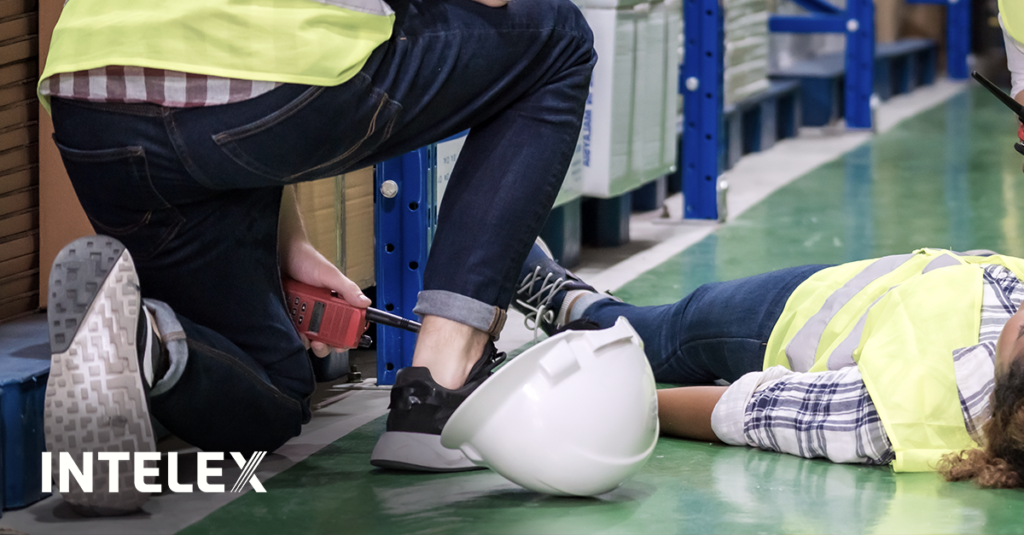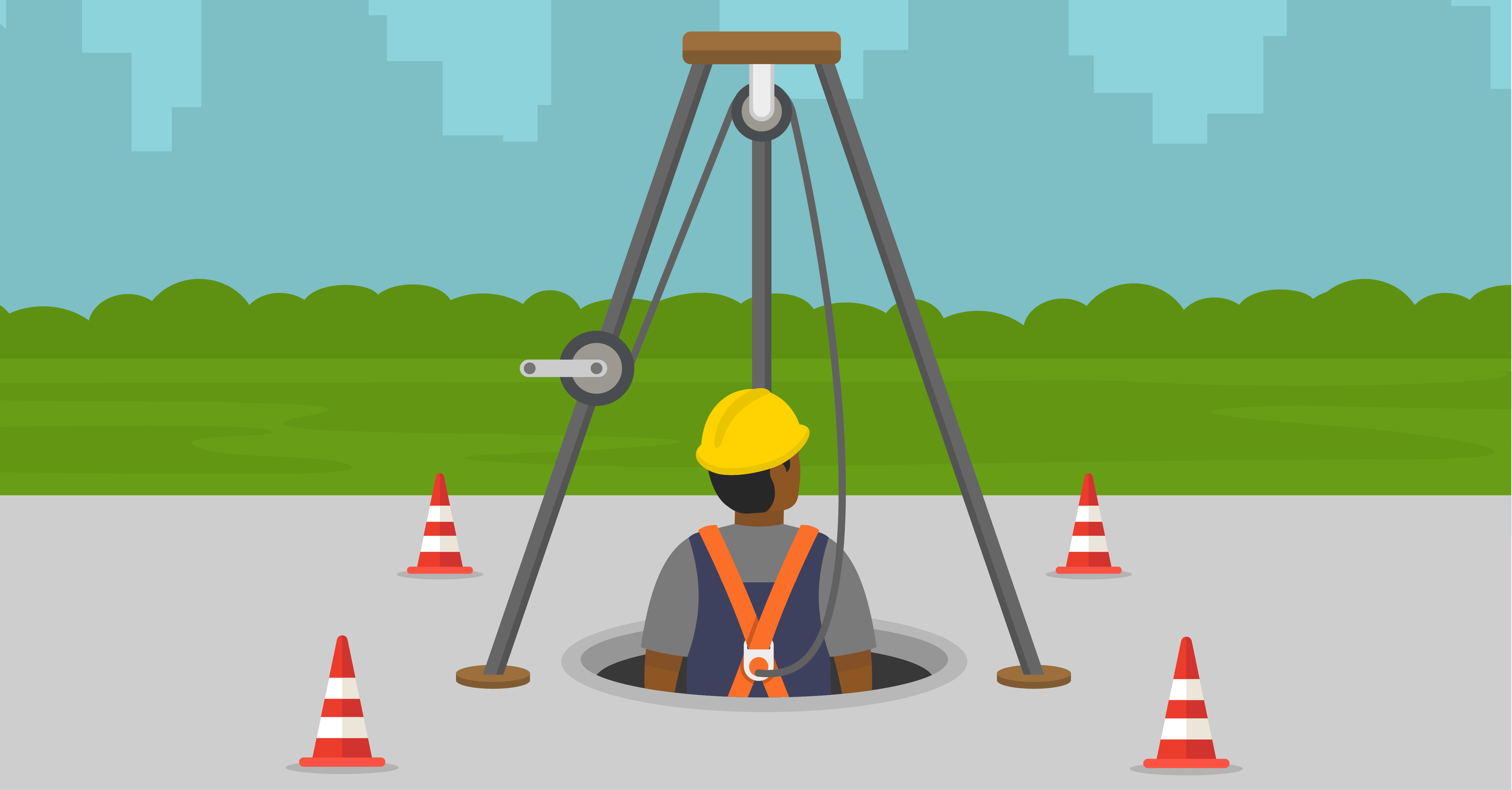Census of Fatal Occupational Injuries: One U.S. Worker Died Every 101 Minutes in 2021
January 12, 2023

In 2021, there were 5,190 work-related deaths in the United States, a. 8.9 percent increase from 2020. The fatal work injury rate was 3.6 fatalities per 100,000 full-time equivalent (FTE) workers, up from 3.4 per 100,000 FTE in 2020 and up from the 2019 pre-pandemic rate of 3.5. The 3.6 fatal occupational injury rate in 2021 represents the highest annual rate since 2016.
The increase of nearly 9 percent in fatal work injuries “serves as call to action for OSHA, employers and other stakeholders to redouble our collective efforts to make our nation’s workplaces safer,” the U.S. Department of Labor’s Assistant Secretary for Occupational Safety and Health Doug Parker.
“In 2021, 5,190 workers suffered fatal work injuries, equating to one worker death in the U.S. every 101 minutes, including 653 Black workers, whose fatality rate hit an all-time high. Black and Latino workers also had fatality rates disproportionately higher than their co-workers in 2021. These are deeply troubling facts.”
Calling the deaths “clear reminders of the important work that must be done,” Parker said OSHA and its thousands of professionals across the nation “are determined to enforce the law while working with employers, workers, labor unions, trade associations and other stakeholders to ensure that every worker in the U.S. ends their workday safely.”
Other key takeaways from the report, include:
- Workers in transportation and material moving occupations experienced a series high of 1,523 fatal work injuries in 2021 and represent the occupational group with the highest number of fatalities. This is an increase of 18.8 percent from 2020.
- Transportation incidents remained the most frequent type of fatal event in 2021 with 1,982 fatal injuries, an increase of 11.5 percent from 2020. This major category accounted for 38.2 percent of all work-related fatalities for 2021.
- Suicides continued to trend down, decreasing to 236 in 2021 from 259 in 2020, an 8.9 percent decrease.
- The share of Black workers fatally injured on the job reached an all-time high in 2021, increasing from 11.4 percent of total fatalities in 2020 to 12.6 percent of total fatalities in 2021. Deaths for this group climbed to 653 in 2021 from 541 in 2020, a 20.7-percent increase. The fatality rate for this group increased from 3.5 in 2020 to 4.0 per 100,000 FTE workers in 2021.
“Each of these deaths cruelly impacts these workers’ families, friends, co-workers and communities,” said Parker.
Workplace Safety Advocates Weigh In
Intelex President Melissa Hammerle called the increase in U.S. fatal occupational injuries “heartbreaking,” adding, “Most workplace deaths and injuries are preventable, yet nearly 5,200 families lost a loved one. We must do better, and we can do better. Leaders at the most successful companies put safety first; they build safety into their culture and strategy, and they operationalize it with processes and EHS management systems. Our vision at Intelex is to end workplace death by 2050; we’re committed to helping our customers create safe and sustainable workplaces.”
Noting that the latest statistics indicate workplaces have become less safe, Lorraine Martin, president and CEO of the National Safety Council, said, “Everyone deserves the chance to live their fullest life. This report shows our mission to save lives, from the workplace to anyplace, is critical, and NSC is committed to doing its part to curb this deadly trend and put an end to preventable workplace fatalities.”
In a press release, the NSC pointed out that intentional injury deaths by a person increased 21 percent for women in 2021 compared to a 9 percent increase for men. Fully, 23 percent of all women who die at work are murdered, either by someone known to them or a stranger. These numbers reveal more must be done to ensure equitable actions are taken to address workplace violence issues for everyone.
Using data to inform its efforts, NSC continues to double down on efforts like the Work to Zero initiative to help companies of all sizes keep their workers safe by understanding the technology to help them do so, such as EHS software and mobile applications, drones, fatigue monitoring and wearables, proximity sensors and virtual or augmented reality. It is clear that to ensure each worker makes it home safely each day, employers need a systematic approach to safety. This includes having policies, training and risk assessment and reduction techniques in place to prevent injuries and fatalities by using data in the BLS report to identify and address the leading causes, with the ultimate goal of keeping people safe on and off the job.
The American Society of Safety Professionals (ASSP) stated in a press release that it is disheartened by the newly released fatality data from BLS.
“It’s unacceptable that our nation’s fatal worker injury rate is at a five-year high – a fact made worse by minority populations being disproportionately impacted,” said ASSP President Christine Sullivan, CSP, ARM. “Most occupational incidents are preventable given today’s technologies and proven safety and health strategies. Employers must be proactive in adopting workplace safety standards to protect workers across all industries.”
ASSP, which has 36,000 members worldwide, is increasing its focus on diversity, equity and inclusion (DEI) in the occupational safety and health profession, understanding there is a connection between DEI concepts and workplace safety.
“Diversity helps strengthen an organization in many ways, including the safety and health of its workforce,” Sullivan said. “It’s so important to understand how societal issues such as racism and systemic inequities can undermine workplace safety and disenfranchise workers. Organizational improvement occurs when diversity, equity and inclusion are embedded components of a business strategy.”





